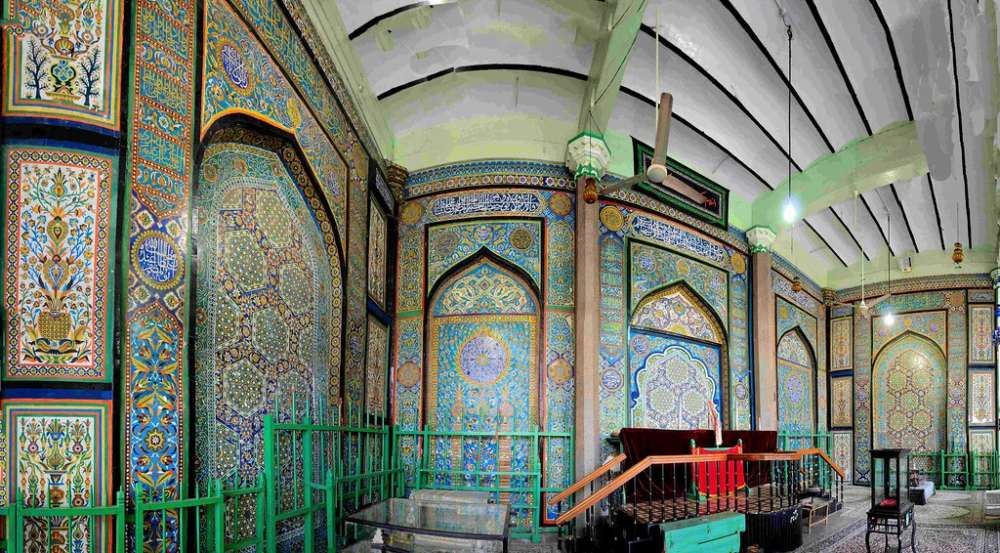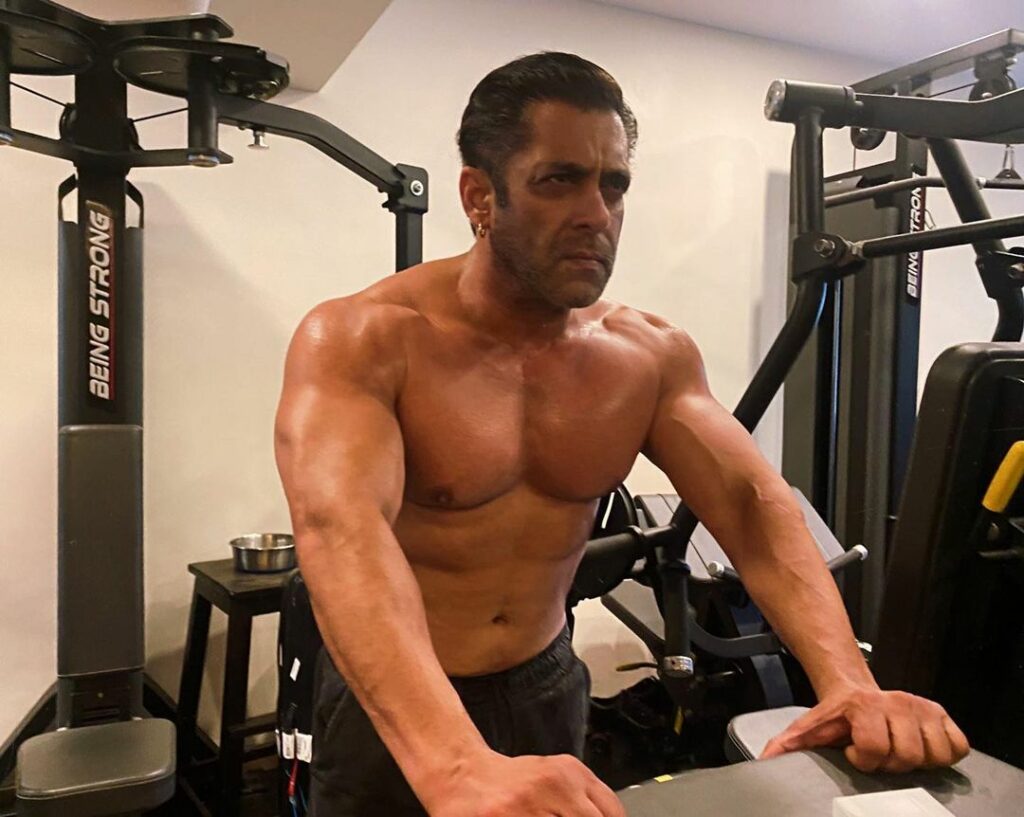[ad_1]
Hyderabad: Our city is famous globally for Biryani, and heritage sites like the Golconda Fort and the Charminar. Without a doubt, the city is a haven for heritage lovers, many of whom fall in love with the history after a visit. However, just like any other place with layers of history, it is very easy to overlook some of the most important historical sites.
Hyderabad was founded in 1591 by Muhammad Quli Qutb Shah, the fourth monarch of the Qutb Shahi or Golconda dynasty (1518-1687), after he decided to move out of the Golconda Fort that year. The fort, prior to that, was a walled city and to this day it has parts that have been largely forgotten. The city our founders built was destroyed in 1687 by the Mughals as part of their southern conquest, and the Asaf Jahis were later appointed as Nizams of Hyderabad (Deccan) by the Mughals in 1724.
On the occasion of World Heritage Day, Siasat.com brings for our readers list of beautiful and lesser known heritage sites, that are a must for locals and tourists alike. Heritage, which is nothing but something that is passed down from one generation to another, must be nurtured and preserved. These are considered to be the soul of a city.

Badhshahi Ashurkhana
Unlike the Charminar, which is on every tourists’s must-see list, the Badshahi Ashurkhana more often than not gets overlooked. Not only is it the second oldest monument of Hyderabad that was built by our founding king, it is also one of the handful of historical sites that still has some of its persian tiles left.
The Badshahi Ashoorkhana was constructed between 1592-96, sometime after the Charminar was built in 1591. Like other Ashoorkhanas, this one too saw bad days for nearly a century after the Qutb Shahi dynasty fell to Aurangzeb’s army in 1687. And it wasn’t until Nizam Ali (the second monarch of the Asaf Jahi dynasty) came to power that the Badshahi Ashoorkhana was given an annual grant.

An Ashoorkhana is where Shia Muslims mourn during Ashura, the 10th of Moharram. The place is dedicated to Imam Hussain, a grandson of Prophet Muhammad who was killed in the battle of Karbala. Hussain was the son of Imam Ali, the prophet’s son-in-law (and cousin).
Naya Qila in Golconda Fort
The Naya Qila area is in fact believed to be about 500 years old, and is a part of the Golconda dynasty’s (which founded Hyderabad in 1591) remaining heritage in our city. The Naya Qila area, which is now cut-off from the Golconda fort due to local encroachments, was developed into an external fortification after the first Mughal attack (during the time of Emperor Shah Jahan) on Hyderabad in 1656.

Opposite the Majnu Bastion is the Laila Bastion. Other parts of Naya Qila which are open to the public are the Baobab tree, which is believed to be over 400 years old (it is said to have been planted there by African friars), the Mustafa Khan Masjid (which was built in 1561 and predates Hyderabad), and the Mulla Khyali Masjid, which is believed to be named after the Deccan poet Mulla Khyali.
While the Majnu Bastion’s collapse is the latest instance of the city’s heritage getting damaged, in the past the HGA had also disallowed the general public from entering the Naya Qila area. However, according the ASI, there is no such restriction and the public is free to visit the place.
British Residency
The Residency building was essentially the first major building built for the British East India Company in Hyderabad. It remained so until 1947, when the British left and it was after until September 1948 (when the Hyderabad state was annexed to India through the military offensive Operation Polo), that it came under the eventual state government, which decided to hand it over to Osmania University.
It was built after the British and the second Nizam of Hyderabad (1762-1803) signed a treaty in 1798, formally allowing the British to settle down here.

The structure in fact was also the place where angry Rohilla (Afghan soldiers) working in Hyderabad attacked the British during India’s first war in independence on July 17, 1857. The charge was led by Maulvi Allauddin and Turrebaz Khan, who led citizens of Hyderabad from the Mecca Masjid to the Residency building after the Friday prayers.
Visitors have to visit its website and can book entry tickets.
Raymond’s Tomb
Monsieur Michel Joachim Marie Raymond is a name that most Hyderabadis are not familiar with today, but in the late 18th century, during the period of Hyderabad’s second Nizam, he was believed to be a local hero of sorts. Raymond, who live here during the reign of Nizam Ali Khan (second Nizam) of the Asaf Jahi dynasty (1724-1948), was essentially sent to Hyderabad around the 1780s by the French from Madras to take over the French troops her long before the Nizams and the British formally sealed an exclusive agreement in 1798.

A french man from Gascony, he landed in the French port at Pondicherry first in 1775, after which he went to Mysore where he worked under Hyder Ali (Tipu Sultan’s father). He later began working under another French commander named De Bussy, following which Raymond arrived in Hyderabad around 1786. According to legend, in March 1798, he shot and buried his two dogs and horse, then killed himself. His grave was marked with an obelisk, behind which there is a beautiful pavilion.
Nizams Museum (Purani Haveli)
Unlike the Salar Jung Museum, which is a major tourist attraction in Hyderabad, the privately-run Nizams museum is in fact a definite hidden gem. It houses many artefacts that were presented to Osman Ali Khan, Hyderabad’s last and seventh Nizam, on occasion of his 25th silver jubilee anniversary in 1937 (celebrations were postponed to a year later).

The museum, apart from its artefacts, also has on display the world’s largest wardrobe at 176 feet that belonged to Hyderabad’s sixth Nizam Mahbub Ali Pasha. Entry fee here is slightly higher than other places. The place is situated inside the Purani Haveli palace, which is in the lane just after the Princess Durru Shevar Hospital in the Old City.
[ad_2]
#World #Heritage #Day #lesser #historical #sites #Hyderabad
( With inputs from www.siasat.com )







